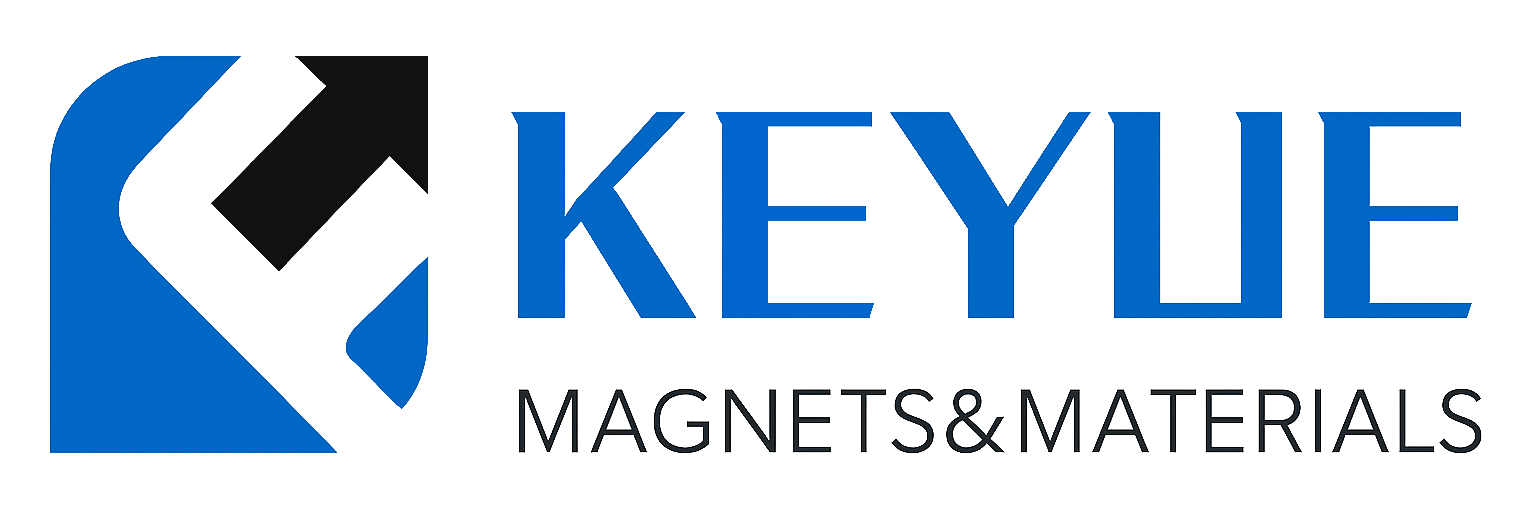描述
铼板(Rhenium Plate, Re Plate)
产品简介
铼板(Re Plate)是一种由高纯铼(Purity ≥ 99.9%)制成的稀有高熔点金属板材,具有极高的熔点、优异的耐高温性能和稳定的化学惰性。
铼在所有金属中拥有第二高的熔点(3180 °C)和卓越的抗蠕变性能,使其成为航空航天、真空冶金、半导体及科研实验中的关键高温材料。
产品详情
苏州科跃材料科技有限公司生产的高纯铼板采用高温还原—真空熔炼—热等静压(HIP)—精轧抛光工艺制备,产品晶粒细致、密度高、表面光滑。
符合 ASTM B775 / ISO 9001 标准,可提供科研级与工业级版本。
典型规格:
-
纯度等级:99.9%、99.99%
-
厚度范围:0.1 – 10 mm
-
宽度范围:≤ 100 mm
-
长度范围:≤ 300 mm(可定制)
-
制造工艺:粉末冶金 + 热等静压 + 精密加工 + 抛光
-
表面状态:银灰色 / 光亮抛光 / 无氧化层
性能特点
-
极高熔点(3180 °C):在超高温条件下保持结构稳定。
-
优异抗蠕变性:长期高温使用不变形。
-
良好化学稳定性:抗氧化、抗酸腐蚀。
-
高强度与韧性兼具:比多数难熔金属更具延展性。
-
低蒸气压与良好真空兼容性:适用于真空与电子环境。
应用领域
-
航空航天发动机部件:用于喷嘴、涡轮叶片及热端衬层。
-
真空与电子工业:阴极支撑、加热元件及电极片。
-
半导体与薄膜材料:溅射靶材基板或蒸发源。
-
高温炉组件:热区反射板、支撑架及加热屏蔽。
-
科研与实验室:高温合金研究与热电材料实验。
技术参数
| 参数 | 典型值 / 范围 | 说明 |
|---|---|---|
| 纯度 | 99.9–99.99% | 高纯铼金属 |
| 密度 | 21.02 g/cm³ | 高致密度金属 |
| 熔点 | 3180 °C | 第二高熔点金属 |
| 沸点 | 5900 °C | 高温稳定 |
| 抗拉强度 | 900–1100 MPa | 极高强度 |
| 延伸率 | 20–30% | 良好延展性 |
| 热导率 | 48 W/m·K | 稳定导热性能 |
| 电阻率 | 18 μΩ·cm | 高温稳定电性能 |
| 硬度 | HV 300–350 | 高硬度耐磨结构 |
常见问题(FAQ)
| 问题 | 答案 |
|---|---|
| 铼板能耐多高温? | 可在3000 °C以上稳定使用。 |
| 是否易氧化? | 空气中高温会氧化,建议在真空或惰性气氛中使用。 |
| 是否具磁性? | 无磁性。 |
| 是否可焊接? | 可采用电子束或钨极氩弧焊。 |
| 是否适合真空环境? | 是,适合超高真空及高温设备。 |
| 是否提供检测报告? | 附化学成分及纯度分析报告。 |
| 是否符合RoHS/REACH? | 完全符合国际环保标准。 |
| 是否支持小批量? | 可提供科研样品及定制规格。 |
| 是否可抛光至镜面? | 可提供镜面抛光版本。 |
| 交货周期多久? | 常规规格约2–4周。 |
包装与交付
所有铼板在出厂前均经检测与真空退火处理。
采用防潮、防震、防氧化真空包装,外层为出口级木箱固定。
提供 COC、RoHS/REACH 文件及纯度检测报告。

.png)
-300x300.png)
-300x300.png)

评价
目前还没有评价